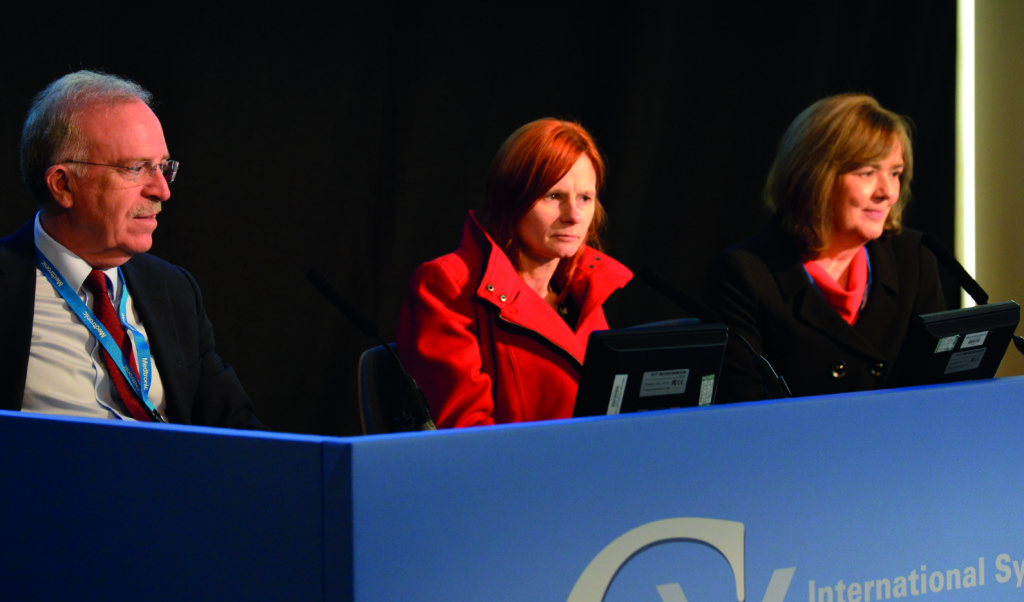
Yesterday’s CX Paediatric Vascular Issues session tackled some of the specific implications for vascular surgery on paediatric patients. The session was dominated by a discussion of the challenges presented by the different vascular pathologies of children and adults. Faculty and audience members raised the need for not only training in paediatric surgery for vascular surgeons, but for greater integration between the disciplines of plastic, paediatric and vascular surgery. Course director, Malcolm Simms (Birmingham, UK), said “There is certainly an important role for collaboration, because none of us have the full range of skills and experience…we need to pool our resources.” Speaker Meryl Davis (London, UK), said that “either adult plastic surgeons need to gain in training, or, conversely, we need to be marrying up with paediatric plastic surgeons. We are lazy as vascular surgeons.”
The particular vascular pathologies found in children also raised challenges for imaging, introduced in a presentation by Clare McLaren (London, UK). “The disease pattern in these children is often bilateral and may involve small arteries as well as the main renal arteries,” McLaren told CX Daily News. Hypertension, whilst unrelated to environmental factors such as smoking, may be caused by renal artery or aortic stenosis in paediatric patients. Ultrasound examinations may provide useful data about the kidneys themselves and larger arteries, but this technique will not exclude a need for catheter angiography. “Computed tomography angiography and magnetic resonance angiography can also be useful for assessing larger arteries but are still limited in their ability to identify abnormalities of very small arteries,” says McLaren. Catheter angiography, too, was noted as problematic in paediatric patients. Limited in terms of arterial wall assessment, the technique is also difficult for children to tolerate. Course director George Hamilton (London, UK) brought up the question of whether a subspeciality was necessary or practical, to address this interdisciplinary gap. Responding, Simms suggested that gaining experience in free tissue transfer and access surgery had equipped him better to deal with microvascular surgery. “The problem is how to incorporate the routine into your practice, to give you the skills to deal with the exceptional.” Discussing the rare incidences when, for example, surgeons are presented with neonates with ischaemic limbs, Davis urged that, “The need is there for there to be a dialogue between centres, because people just do not know what to do… The expertise needs to be there—a registry or a phone call—…something needs to be available both in the UK and in Europe.”
Instead, “Optical coherence tomography or intravascular ultrasound can complement angiographic images by providing information about the arterial wall, and by evaluating the results of angioplasty and/or stent insertion,” McLaren told CX Daily News. Three-dimensional rotational angiography, too, was noted as complementary to treatment planning.
Over four hours, the CX Paediatric Vascular Issues session discussed also acute ischaemia, chronic ischaemia, arterial pathologies and venous pathologies and malformations in children.







